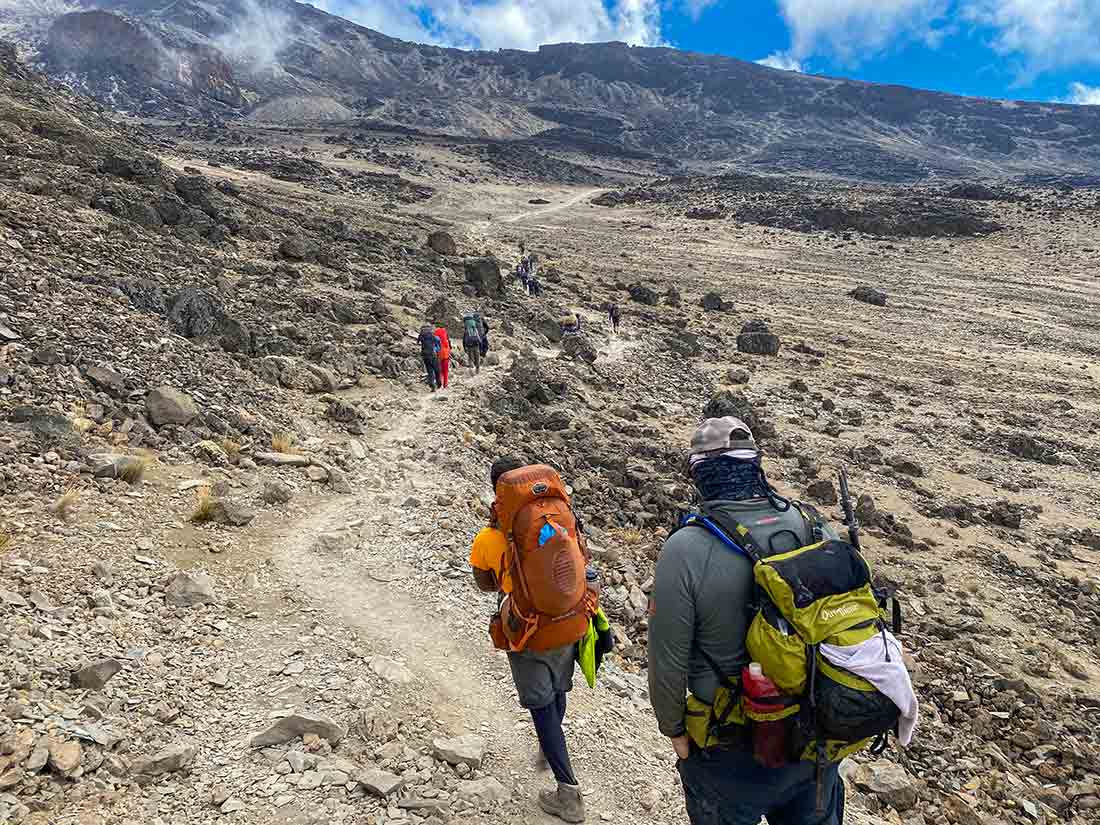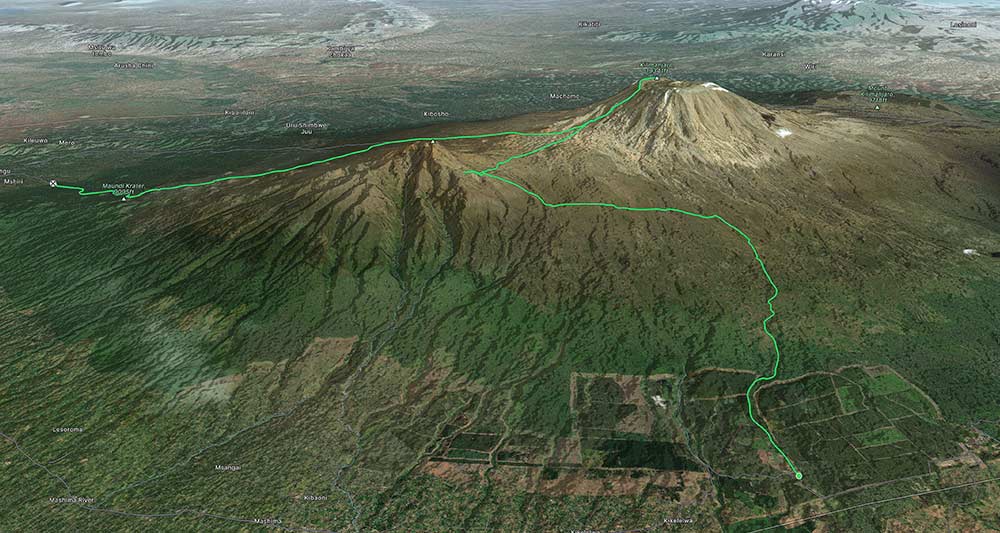Adventure seekers planning on climbing Kilimanjaro frequently ask “How long does it take to climb Kilimanjaro?” The short answer is six to nine days. This is from the route you chose gate to the summit and back down to the exit gate. The longer you are on the mountain, the better chance you have of successfully making the summit. Eight or nine days are the best. Continue reading if you want more information on the Kilimanjaro route.
Table of Routes: Miles and Days
| ROUTE | MILES | DESCRIPTION |
|---|---|---|
| DAYS | ||
| Lemosho (Recommended) |
46 | The Lemosho route is considered the most beautiful on Kilimanjaro. It begins on the west side of Kilimanjaro and climbs to the Shira Plateau before circling counter-clockwise and approaching the Summit from the southeast. |
| 8 | ||
| Northern Circuit (Recommended) |
54 | The Northern Circuit Route also starts from the west, this is the only route that circles clockwise around the northside before approaching the summit from the northeast. |
| 9 | ||
| Rongai (Recommended) |
43 | The Rongai route begins in the remote northern side of Kilimanjaro near the Kenyan border. It ascends towards the jagged Mawenzi Peak, crosses the saddle, and approaches the Summit via the eastern side |
| 6 | ||
| Machame | 39 | The Machame Route is also known as the “Whiskey” route. It begins from the south and ascends the Shira Plateau. The Machame route then joins the Lemosho route, and summits from the southeast. |
| 7 |
Let’s start with the shortest route we offer. The Rongai route.
Rongai Route
The Rongai route is on the remote North East side of the mountain. It is a good route to climb if you are a beginner or if you are climbing during the rainy season. The Northeast side of the mountain receives less rainfall. The Rongai route takes six days from gate to the summit and back down. It is the most gradual approach to the summit and may be the easiest.
We offer six-day group and private climbs on the Rongai Route. The summit success rate is around 60%.
Machame Route
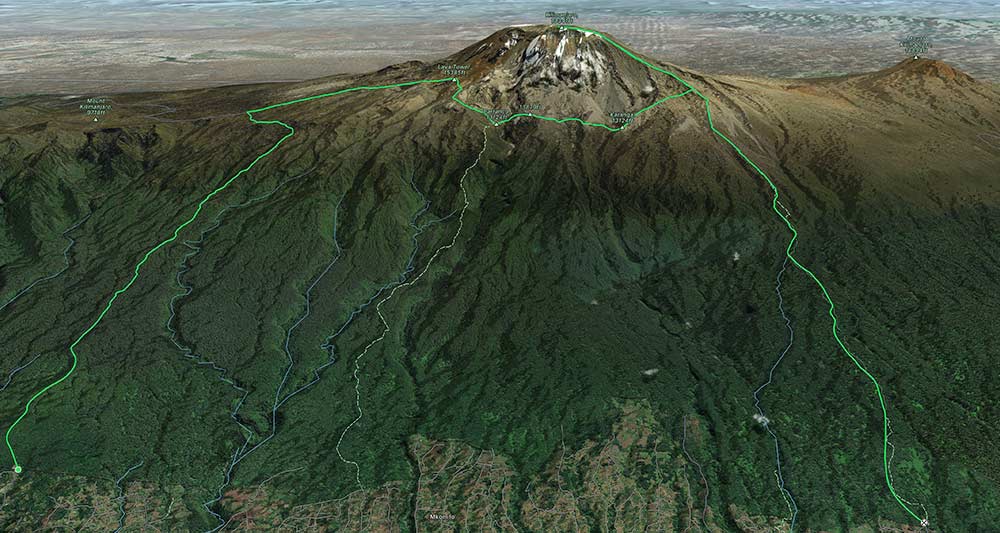
Lemosho Route
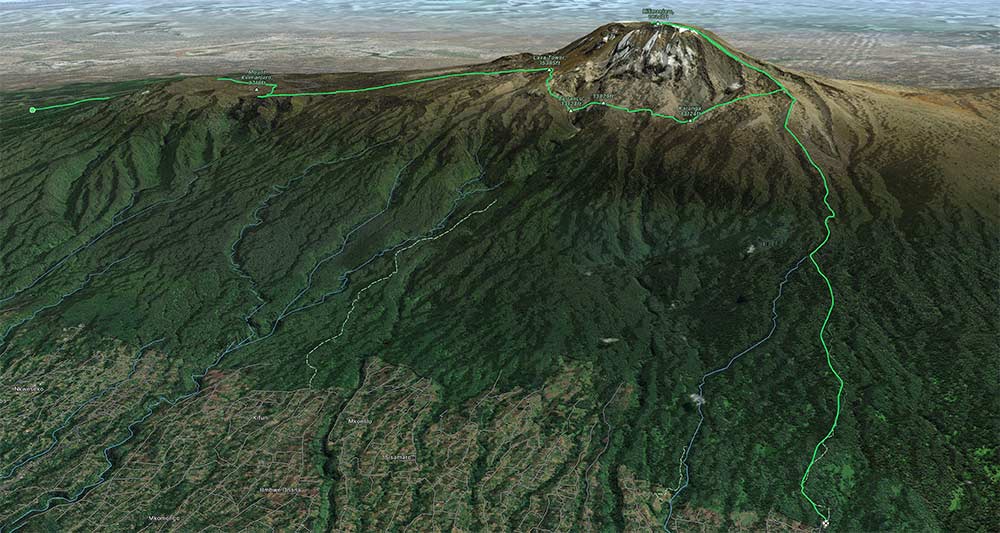
Northern Circuit
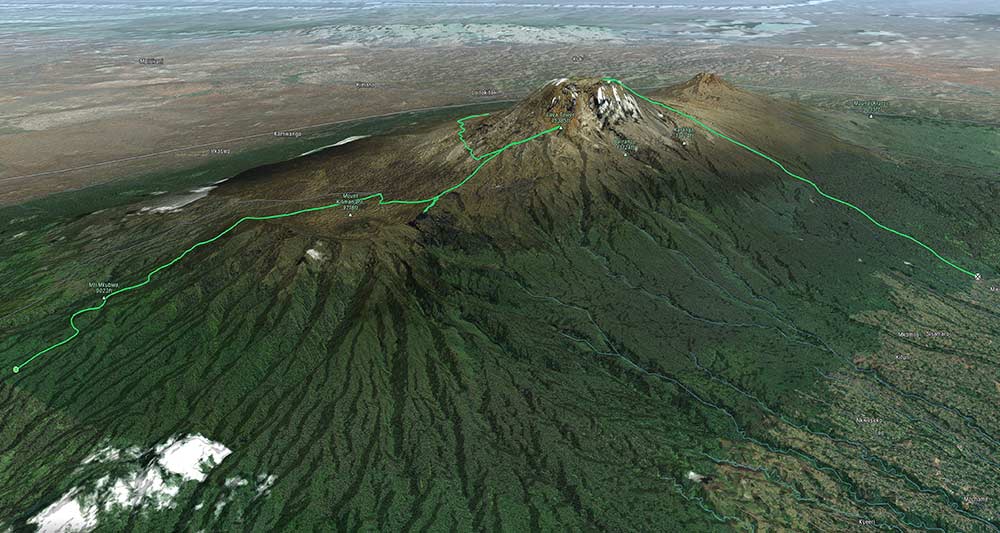
Acclimatization
The main reason why climbers fail to reach the summit of Kilimanjaro is that they have not acclimatized to the altitude.
Is making the summit your number one reason the climb Kilimanjaro? If you’re serious about completing the climb, the main factor standing in your way is acclimatization.
The good news is that hiking slowly and taking your time allows your body to adapt to the lack of oxygen.
The more days you spend on the mountain acclimatizing, the better your chances of reaching the top. Trekkers who spend only six days on Kilimanjaro have the lowest success rate, while those who spend eight or nine days have a much better chance of standing on the Roof of Africa.
The Wilderness Medical Society Practice Guidelines for the Prevention of Acute Altitude Illness says that controlling the rate of ascent, in terms of the number of meters gained each day is a “highly effective means of preventing altitude illness”.
A slow and steady ascent gives your body time to adjust to the altitude. Being physical fitness does not seem to affect how well you acclimatize. Moreover, being fit does put less wear and tear on your body which allows it more time to acclimate. So being fit will make trekking easier by reducing fatigue and stress.
How long does it take to walk up Kilimanjaro?
We recommend trekkers who have a flexible schedule to consider a longer route. Each route varies in the duration of the mountain, the types of accommodation, the level of difficulty, the type of scenery, and other factors.
You can climb Kilimanjaro in six days but is it worth the risk?
You can climb Kilimanjaro in six days. Most clients we’ve spoken to would prefer the shorter routes for these reasons:
- Cost savings
- Lack of vacation time
- Don’t want to hike for so many days
These are the questions we ask and encourage you to ask yourself:
- How would you feel if you scheduled a route with the minimum days, only to have to turn back on day three because the rate of ascent was too quick and you did not have time to acclimatize? Wouldn’t you rather add a couple of days to your trip to give yourself a better chance of summiting and to take it easier on your body?
- Was the money you saved worth the cost of cutting your climb short, not making it to the summit, or worse, putting your health at risk?
When is it a good idea to opt for a shorter Kilimanjaro climb?
If you’ve recently been to a high altitude. For example, if you’ve successfully climbed Mount Meru or Mount Kenya, you will have an element of pre-acclimatization and can get away with a shorter route.
If you’re a very experienced climber and have been up to high altitudes before (>18,000 ft.) and are confident of your ability to acclimatize.
How long Does it take to descend Kilimanjaro?
It takes around two days to descend Kilimanjaro from Uhuru Peak to the gate. The descent can take up to seven hours to reach camp. Subsequently, the following day, you’ll hike an about four to six hours depending on the route and trekker’s experience. Furthermore, it’ll all be downhill.
Climbing Kilimanjaro is a once-in-a-lifetime experience: you’ve trained for it and paid for it. Don’t compromise your safety or chance of success by taking shortcuts.

